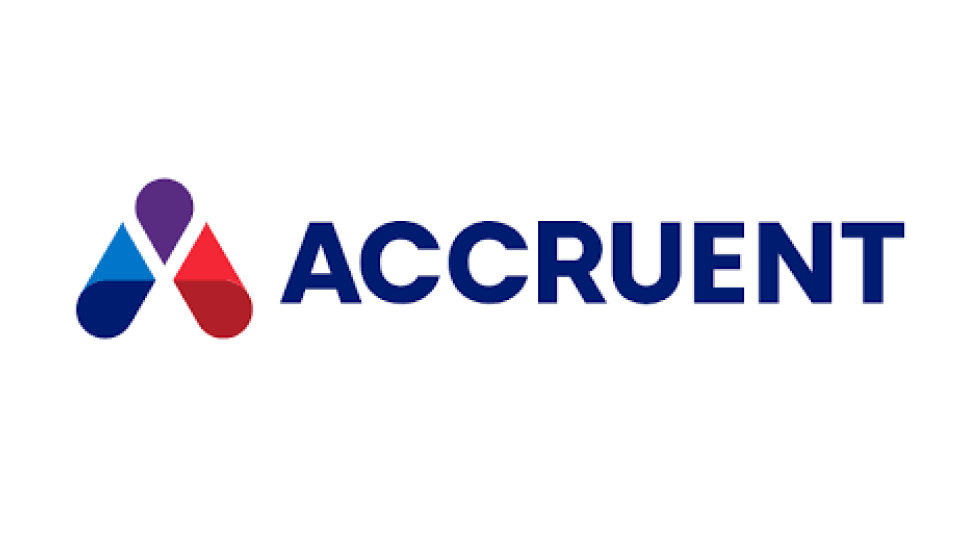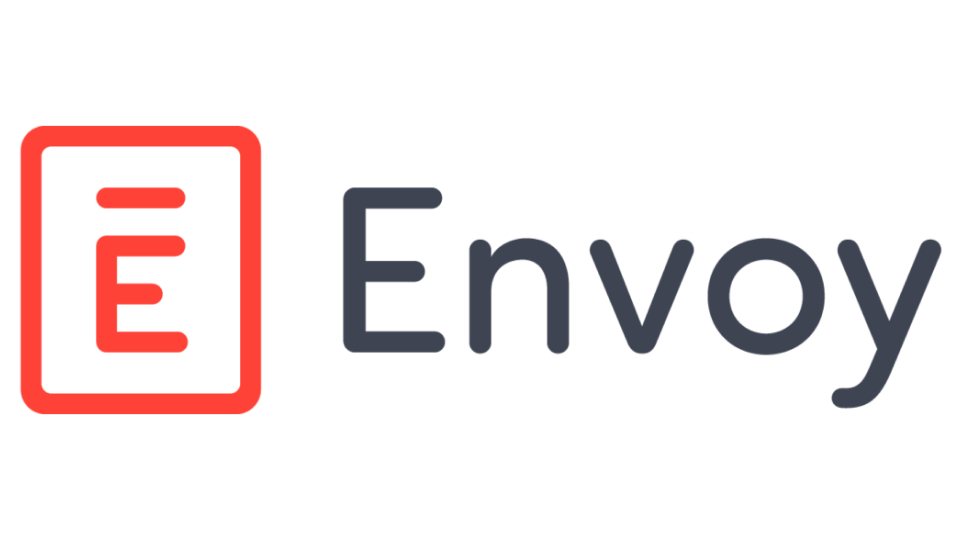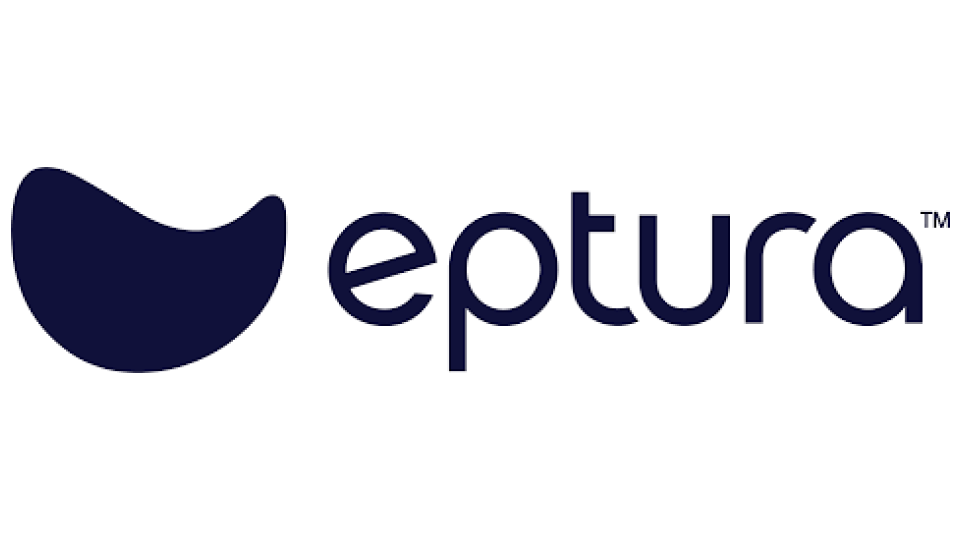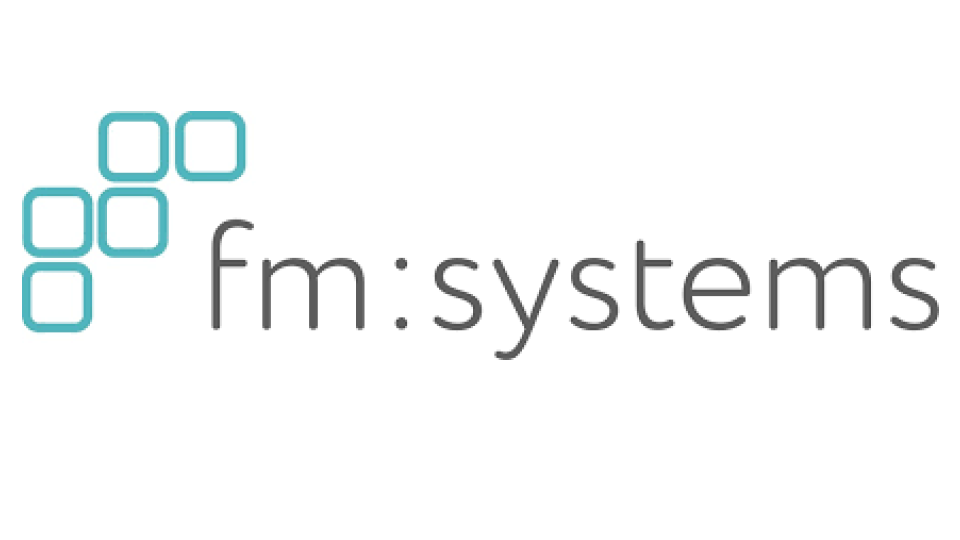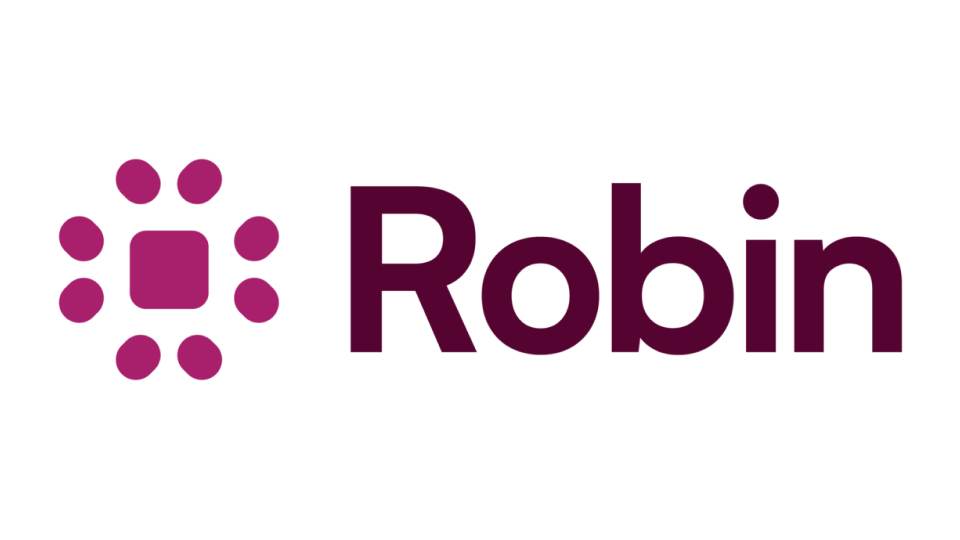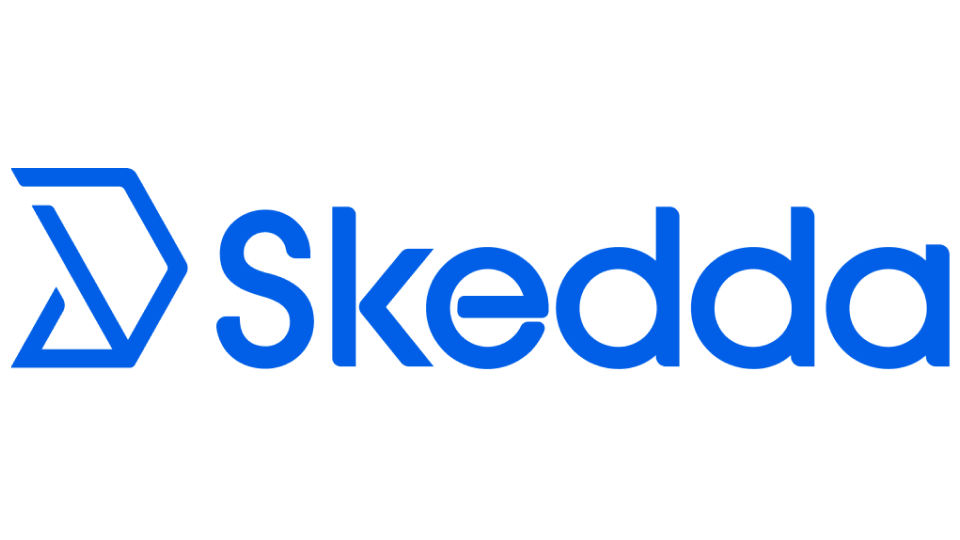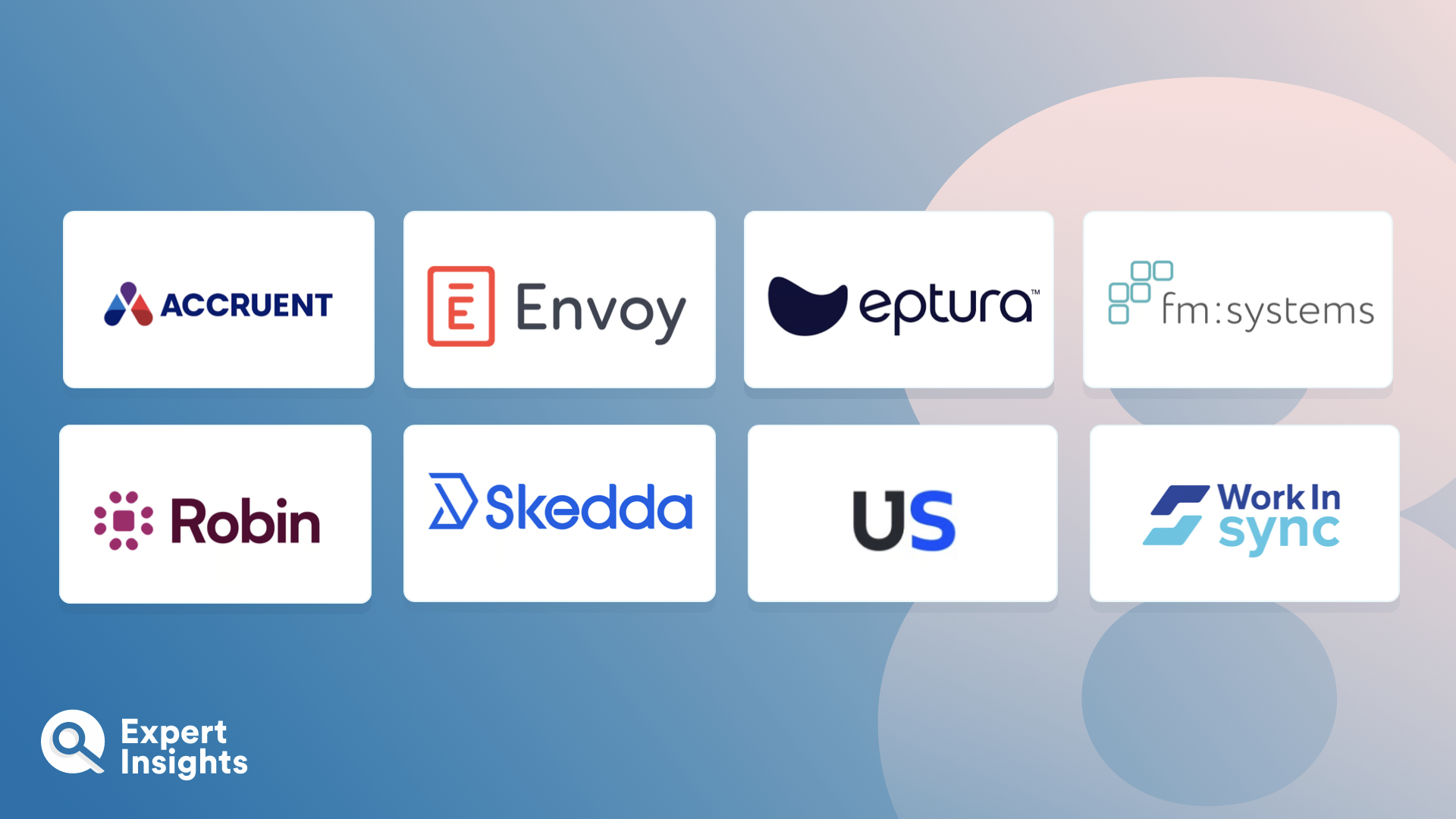Everything You Need to Know About Space Management Software (FAQs)
What Is Space Management Software?
Space management refers to the way in which a business manages their physical spaces to ensure they align with the broader goals for productivity, sustainability, profitability, and employee well-being. This process typically involves identifying ways to utilize the space and adapting that space to meet current and future needs more efficiently.
Space management is not just about optimizing the use of the available physical space, but it is also about taking a strategic approach and considering a range of factors, including:
- Business Objectives. An understanding of the organizations mission, as well as their goals and values, is important for designing spaces that serve the needs of the business and ensuring they are used effectively.
- Employee Experience. Your team will have their own individual needs for a space to perform their roles, so it’s important to understand what these needs are (certain lighting, furniture, ventilation etc.) for the best space management.
- Customer Behaviors. Customers may have different expectations or requirements when compared with employees; it’s important to understand how space can be optimized for them too.
- A visualization of space itself. A physical space inventory and comprehensive view of the space that is available, how it is being used, and how it could be modified is useful for improving the workplace experience and it leads to more informed decision making.
Space management software is a digital solution designed to support organizations in efficiently managing and optimizing their physical workspace. These solutions provide tools and features that work to facilitate various important tasks, such as space planning, allocation, utilization tracking, and occupancy management.
Space management software helps organizations to optimize their physical workspace, improve overall efficiency, minimize real estate costs, and create a more productive and collaborative work environment.
How Do Space Management Software Work?
Space management software enables businesses to manage and optimize physical space usage effectively. The software primarily works by tracking, analyzing, and representing your office, factory, or any commercial space via a digital model. The tools record how physical space is used over time, visualizing it through floor plans, charts, and reports. These insights can then be used to enhance space utilization, improve the office layout, facilitate moves, and reallocate resources, thereby making your work environment more efficient and cost-effective.
Space management software does more than just provide an architectural blueprint. It aids in tracking the use of spaces, predicting future needs, optimizing employee allocation, managing meeting rooms, and monitoring maintenance requests. These tools often integrate with other smart building technologies and real estate management software for improved functionality and more sustainable solutions.
What Features Should You Look for When Choosing Space Management Software?
Choosing the right space management software can depend on several factors including your business size, nature of business, and specific needs. However, these are some general features that you should consider:
- Space Planning – Space planning refers to the planning and designing of office layouts, seating arrangements, floor plans, etc., to utilizes the space effectively and accommodate organizational needs. This is an important capability as it allows organizations to maximize the use of their real estate assets, improve productivity, and foster a supportive environment for employee communication and collaboration.
- Occupancy Tracking – Tracking occupancy makes it easier to allocate efficiently and ensure that the available space is utilized to its full potential. This highlights opportunities for reconfiguring layouts, adjusting seating arrangements, and repurposing underutilized areas.
- Allocation and Reservation – Tools for assigning and allocating certain spaces, desks, rooms, etc. to specific teams, projects, or departments are important for maintaining productivity and keeping things running. The solutions also needs to manage moves, relocations, and space reconfigurations.
- Reporting and Analytics – Reporting capabilities are needed to generate insights into space utilization trends, occupancy patterns, and performance metrics. These insights facilitate more data driven decision making and more optimized space optimization strategies.
- Scalability and Customization – A good space management software solution should be able to scale to accommodate growth in the organizations and should offer customization options to tailor the solution easily, ensuring that it meets specific business requirements and workflows.
- Integration Capabilities – The software should seamlessly integrate with your existing IT and facilities management systems including ERP, CAD, and IoT devices.
Investing in comprehensive space management software can help to improve your utilization of office space and drive operational efficiency, leading to substantial cost savings in the long run.



